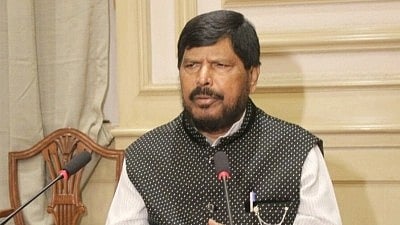Mumbai: In response to the rising tensions over the Hindi-Marathi language divide in Mira-Bhayandar, Maharashtra Transport Minister Pratap Sarnaik has taken a clear and inclusive stand by announcing a unique initiative aimed at promoting harmony and language unity.
Speaking at a public event, Sarnaik said, “There should be no language conflict in Mira-Bhayandar. We are here for development, not division.”
As part of this initiative, the Shiv Sena will distribute Marathi learning materials, such as Barakhadi (alphabet books), across all its local branches. Free Marathi language learning sessions will also be organized to help non-Marathi speakers learn the language with ease and affection—without any coercion.
“I have been elected as a Marathi MLA from Mira-Bhayandar for four terms. People from all linguistic backgrounds have supported me. So, for me, respecting all languages is important. But if you want to live in Maharashtra, knowing Marathi is essential—not forcibly, but with love,” Sarnaik stated.

He also highlighted that the Shiv Sena currently has 22 corporators in the Mira-Bhayandar Municipal Corporation, many of whom are non-Marathi speakers. “Mira-Bhayandar is a peaceful city with a strong Agri-Koli cultural foundation. People from various parts of the country who have settled here actively celebrate traditional festivals like Manglagaur and Ganeshotsav with great enthusiasm. This reflects our cultural integration,” he added.
Sarnaik warned against attempts to disrupt the harmony of the city for political gains. “Some political leaders are trying to stir up linguistic disputes for their own interests. But instead of division, our focus is on inclusive development. Hindi and Marathi-speaking Shiv Sena leaders have worked together for years in this city. Mira-Bhayandar is a symbol of peace and unity,” he emphasized.
Through this initiative, named the Marathi Friendship Campaign, Sarnaik appealed to non-Marathi residents to visit local Shiv Sena branches and learn Marathi voluntarily. “Let us build bridges of language, not walls,” he concluded.










